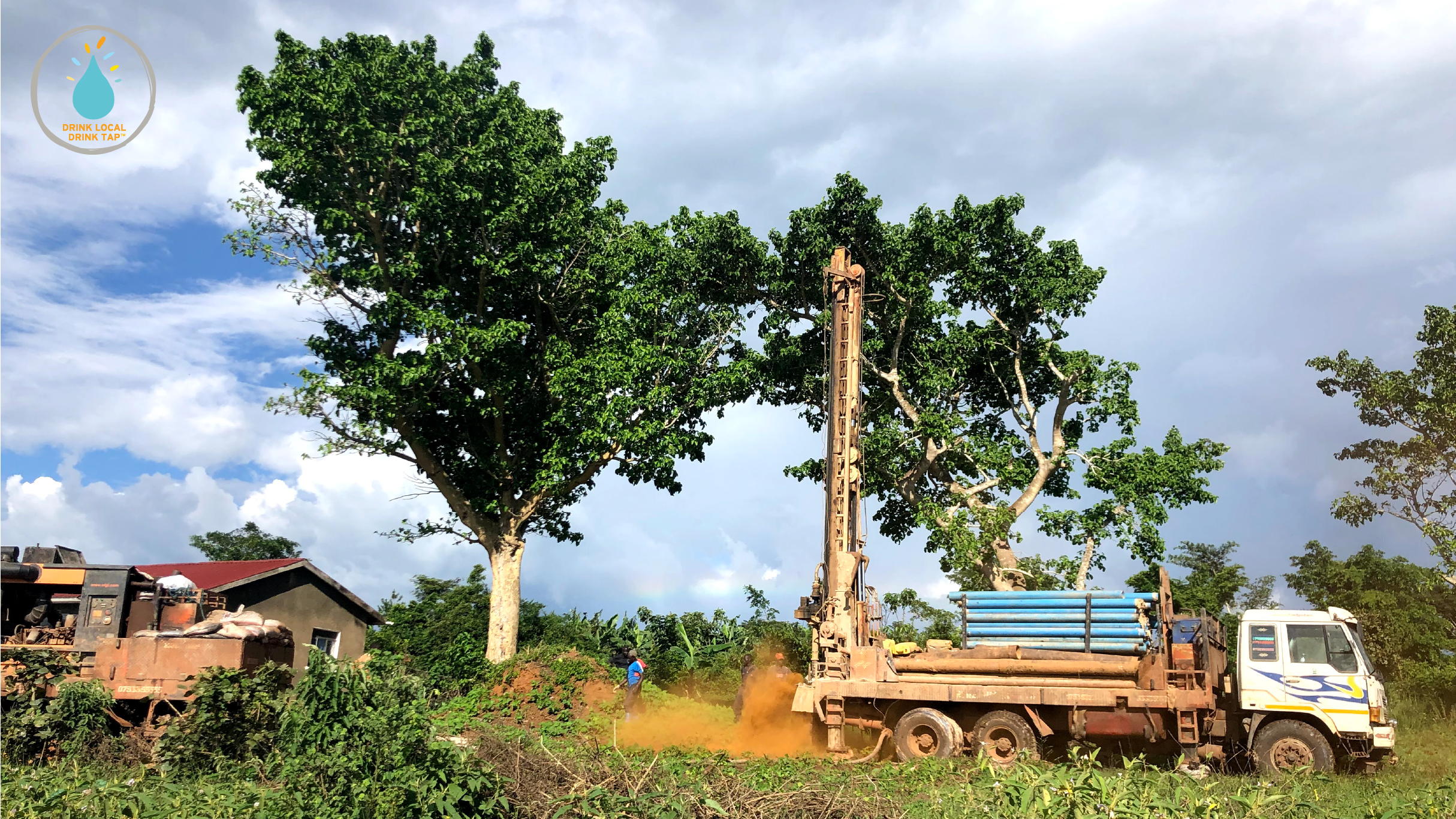This website uses cookies so that we can provide you with the best user experience possible. Cookie information is stored in your browser and performs functions such as recognising you when you return to our website and helping our team to understand which sections of the website you find most interesting and useful.
News
How PVC is Helping One Nonprofit Tackle the Global Water Crisis
As Americans, we’re all likely at least familiar with the Great Lakes of North America, bordering Canada, New York, Michigan and several other states. This vast basin of water holds 21 percent of the world’s fresh surface water, and what you may not realize is how crucial these lakes are to the United States’ drinking water supply – 80 percent of Americans’ drinking water comes from here. It’s extremely valuable that we have these resources so readily available.
On the other hand, though, Africa also has its own Great Lakes – and these lakes hold more of the world’s fresh water (25%) than the North American Great Lakes – but the water situation is not quite as auspicious as the United States. The African Great Lakes have seen increased discharge and pollutants making much of the water more difficult to treat and delivery does not reach the rural poor and many others. Government water is treated and piped in many urban areas and small towns, but remains untrusted, irregular in service and includes a cost unaffordable to many.
And what you likely don’t realize is how water access is directly correlated to opportunity and quality of life. You can learn more about this in part 1.
That’s where Drink Local Drink Tap (DLDT) comes in. This nonprofit works domestically to educate and advocate for clean, safe, affordable drinking water for all, while also building and rehabilitating water sources abroad in Uganda. Their mission is two-fold:
- To be good stewards of the water we have, as an environmental and sustainability issue,
- And to ensure people have more equitable access to it to meet their basic needs, a human rights issue.
To accomplish this, DLDT is using PVC to line boreholes and well casings, which are used to extract water from the ground, providing local villages a reliable water source. To date, DLDT has used PVC to provide more than 30,000 Ugandans with safe drinking water.
Why PVC?
When it came to choosing the most appropriate pipe material to build this water infrastructure abroad, DLDT needed something with several requirements that influenced their decision making. The material needed to be:
- Easy to transport to rural villages;
- Resilience to withstand decades of use with little repair;
- Little leakage to ensure we preservation of this natural resources;
- And of course, affordable.
The best choice for most applications is PVC.
In the United States, even, much of our nation’s infrastructure is crumbling, as the antiquated and corroding iron and cement pipes are well past their service life. PVC is often the choice to replace our domestic water infrastructure – why wouldn’t it be the best choice to build new water infrastructure abroad?
“We know how to design things that work,” said Erin Huber, DLDT Founder and Executive Director. “It’s about adding value and durability, and not just getting the project done.”
Huber’s words speak volumes when you realize their success rate. On average, 80% of water projects fail in the first two years. But 100% of DLDT’s projects are fully functioning. The choice to select PVC was not a decision that was made quickly or lightly.
PVC pipe has a service life of 100 years, several decades longer than alternatives, and based on a Utah State University study, has a better track record of quality installations, with fewer leaks or pipe breaks than the alternatives. As a material, it is lightweight, making it easy to transport, and it’s easy to install. And, based on life cycle analyses, PVC pipe has a lower carbon footprint than any other pipe material used in water infrastructure today. In many, if not most, water infrastructure projects, it is the most affordable and sustainable option.
PVC provides DLDT the opportunity to provide lasting change to these communities and ensure an astounding 100% success rate in all their projects.
To read our extended case study on DLDT and how PVC has contributed to equitable water access in Uganda, click here.


